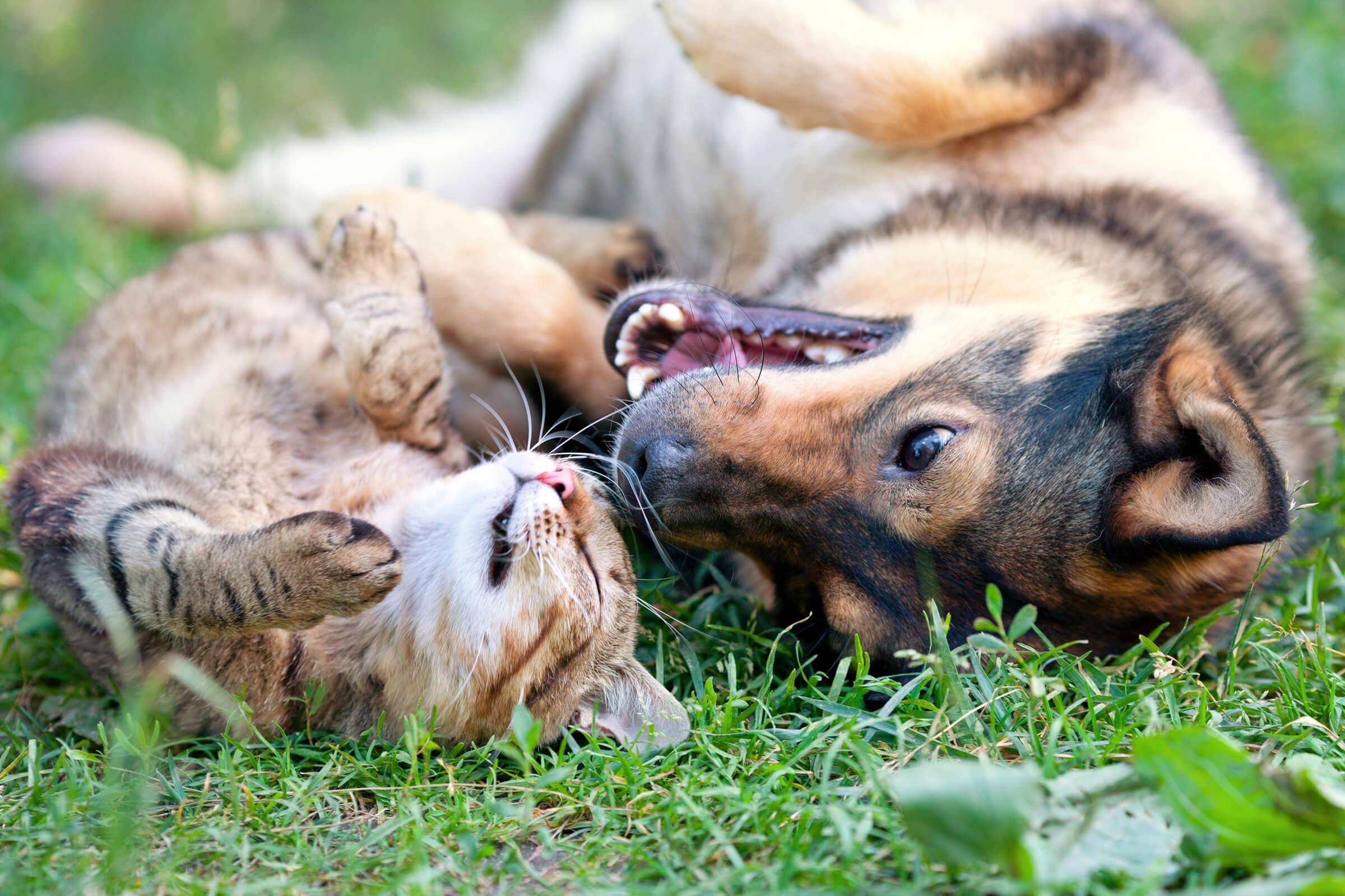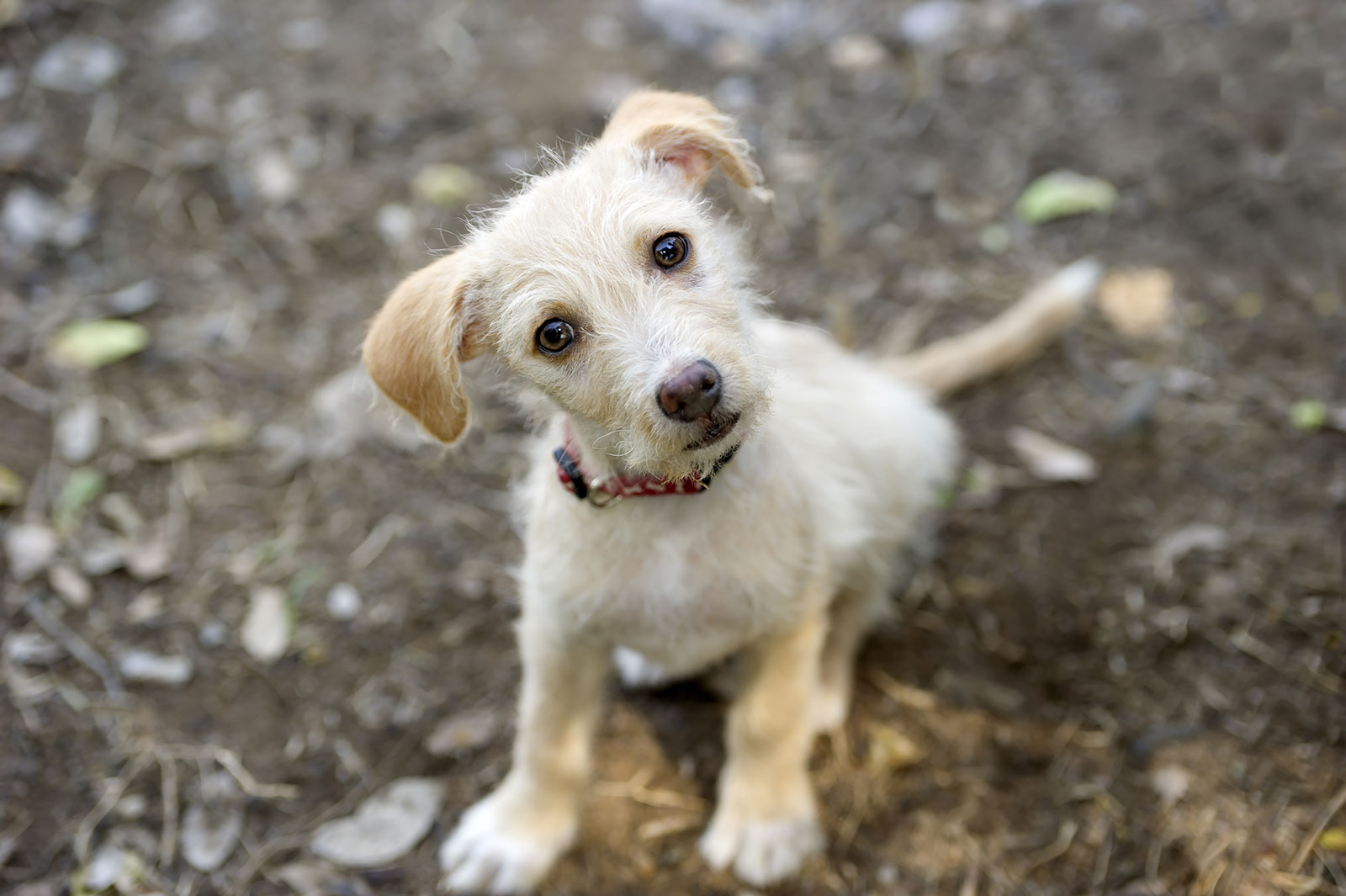
 Menu
Menu
Cranial cruciate ligament failure

Failure of the cranial cruciate ligament is probably the most common cause of hind limb lameness in the dog. Although the underlying cause of failure of the ligament is not fully understood it is thought to be a degenerative process. Like humans traumatic failure of the ligament can occur but this is not common.
Failure of the cranial cruciate ligament results in instability of the knee joint with subsequent inflammation of the joint and a progressive osteoarthritis ensues. Any breed of dog can be affected although Rottweilers, Retrievers and giant breeds seem to be predisposed.
Clinical signs usually relate to a progressive lameness affecting the hind limbs which is often worse following periods of exercise and individuals show stiffness on rising after periods of rest. Improvement is often noted with exercise restriction and a course of NSAID medication.
Following diagnosis of cranial cruciate ligament failure, surgical treatment is recommended in order to restore functional stability to the stifle. Thus allowing early return of function and minimising progressive osteoarthritis.
Several surgical techniques have been described in the literature for treatment of cranial cruciate ligament failure including those which aim to replace the ligament using prosthetic sutures (extra-capsular repairs) and techniques which aim to alter the conformation of the knee so that the ligament is no longer required (tibial plateau levelling procedures). Generally a tibial plateau levelling procedure is performed allowing early weight bearing function of the operated limb and a more rapid return to normal levels of activity. Anecdotally tibial plateau levelling procedure have been reported to result in less progressive osteoarthritis.
Postoperatively dogs usually require six weeks of controlled short lead exercise followed by a further six weeks of increasing lead exercise before returning to normal levels of activity approximately sixteen weeks following surgery. Physiotherapy and hydrotherapy have proven to be beneficial in the rehabilitation process.
Stay in touch
Follow us on social media and keep up to date with all the latest news from the Grove clinic.

